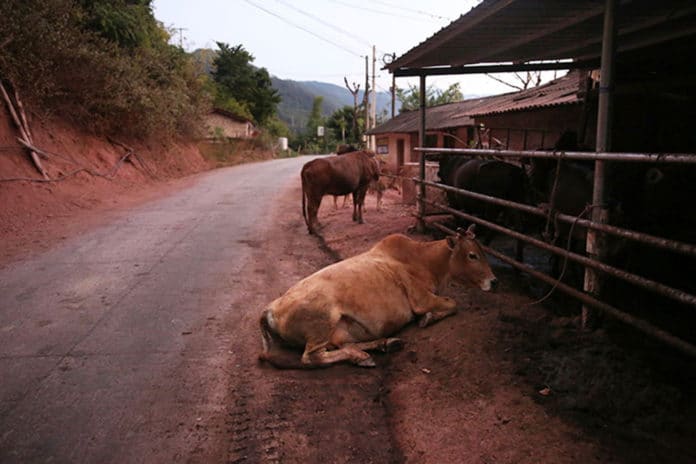The degree to which humans facilitate the zoonotic transmission of infectious diseases is unclear. Human infringement into wildlife habitats due to extending urbanization, cropland area, and intensive animal farming is guessed to favor the rise of zoonotic diseases.
The origin of the SARS-CoV-2 virus remains unclear. According to scientists, the virus is when a virus infects horseshoe bats can jump to humans, either directly through wildlife-to-human contact or indirectly by first infecting an intermediate animal host, such as the pangolin.
A new analysis by the University of California, Berkeley, the Politecnico di Milano (Polytechnic University of Milan), and the Massey University of New Zealand has revealed global ‘hot spots’ where new coronaviruses may emerge. These hoy spots are favorable for bats that carry coronaviruses.
Using remote sensing, scientists analyzed and used patterns throughout the horseshoe bat’s range, extending from Western Europe through Southeast Asia. They then identified areas of forest fragmentation, human settlement, and agricultural and livestock production. Comparing these to known horseshoe bat habitats, they discovered potential hot spots where habitat is favorable for these bat species and where these so-called zoonotic viruses could potentially jump from bats to humans.
The study also reveals locations that could become quickly become hot spots with changes in land use.
Paolo D’Odorico, a professor of environmental science, policy, and management at UC Berkeley, said, “Land use changes can have an important impact on human health, both because we are modifying the environment, but also because they can increase our exposure to zoonotic disease. Every formal land-use change should be evaluated not only for the environmental and social impacts on resources such as carbon stocks, microclimate and water availability but also for the potential chain reactions that could impact human health.”
According to analysis, most of the current hot spots are situated in China. Moreover, some parts of Japan, the north Philippines, and China south of Shanghai are at risk of becoming hot spots with further forest fragmentation, while parts of Indochina and Thailand may transition into hot spots with increases in livestock production.
Scientists noted, “Concentrated livestock production is particularly concerning because the practice brings together large populations of genetically similar, often immune-suppressed animals that are highly vulnerable to disease outbreaks.”
Study co-author Maria Cristina Rulli, a professor in hydrology and water and food security at the Politecnico di Milano in Italy, said, “The analyses aimed to identify the possible emergence of new hot spots in response to an increase in one of three land-use attributes, highlighting both the areas that could become suitable for spillover and the type of land-use change that could induce hot spot activation. We hope these results could be useful for identifying region-specific targeted interventions needed to increase resilience to coronavirus spillovers.”
Horseshoe bats are a generalist species and have often been observed in areas characterized by human disturbance. In a previous study, scientists linked forest fragmentation and habitat destruction in Africa to outbreaks of the Ebola virus.
D’Odorico said, “By creating conditions that are disadvantageous to specialist species, generalist species can thrive. While we are unable to trace the transmission of SARS-CoV-2 from wildlife to humans directly, we do know that the type of land-use change that brings humans into the picture is typically associated with the presence of these bats, which are known to carry the virus.”
“Human health is intertwined with environmental health and also animal health. Our study is one of the first to connect the dots and drill down into the geographic data on land use to see how humans are coming into contact with species that might be carriers.”
Journal Reference:
- Rulli, M.C., D’Odorico, P., Galli, N. et al. Land-use change and the livestock revolution increase the risk of zoonotic coronavirus transmission from rhinolophid bats. Nat Food (2021). DOI: 10.1038/s43016-021-00285-x
